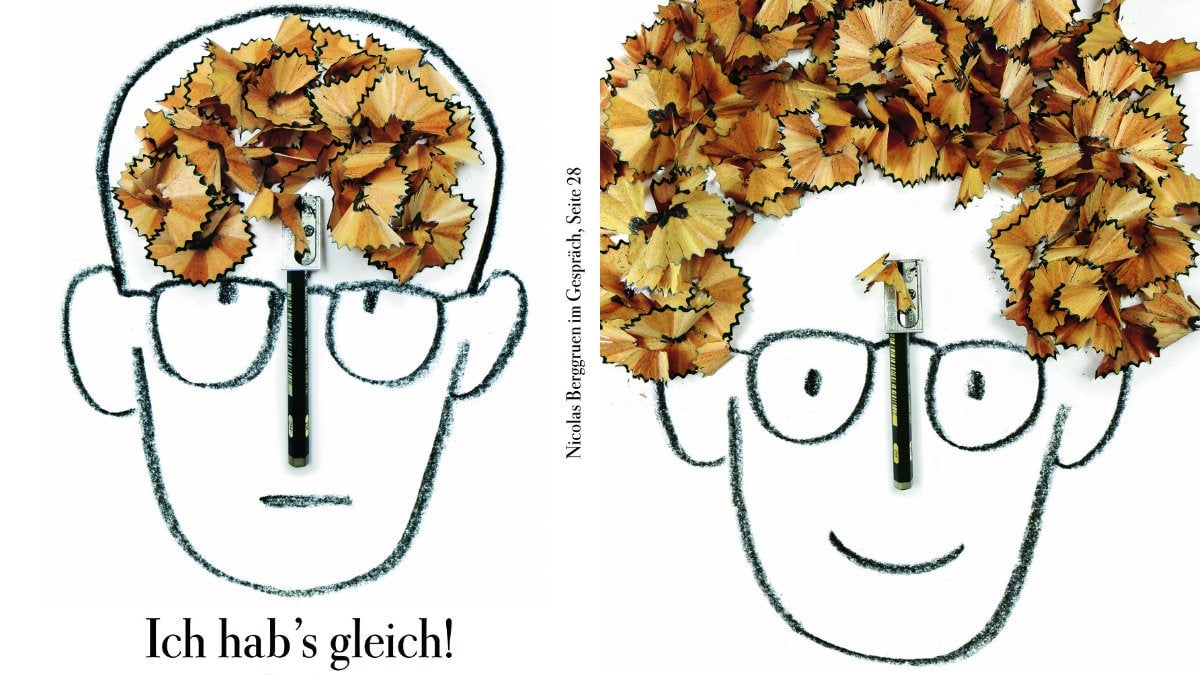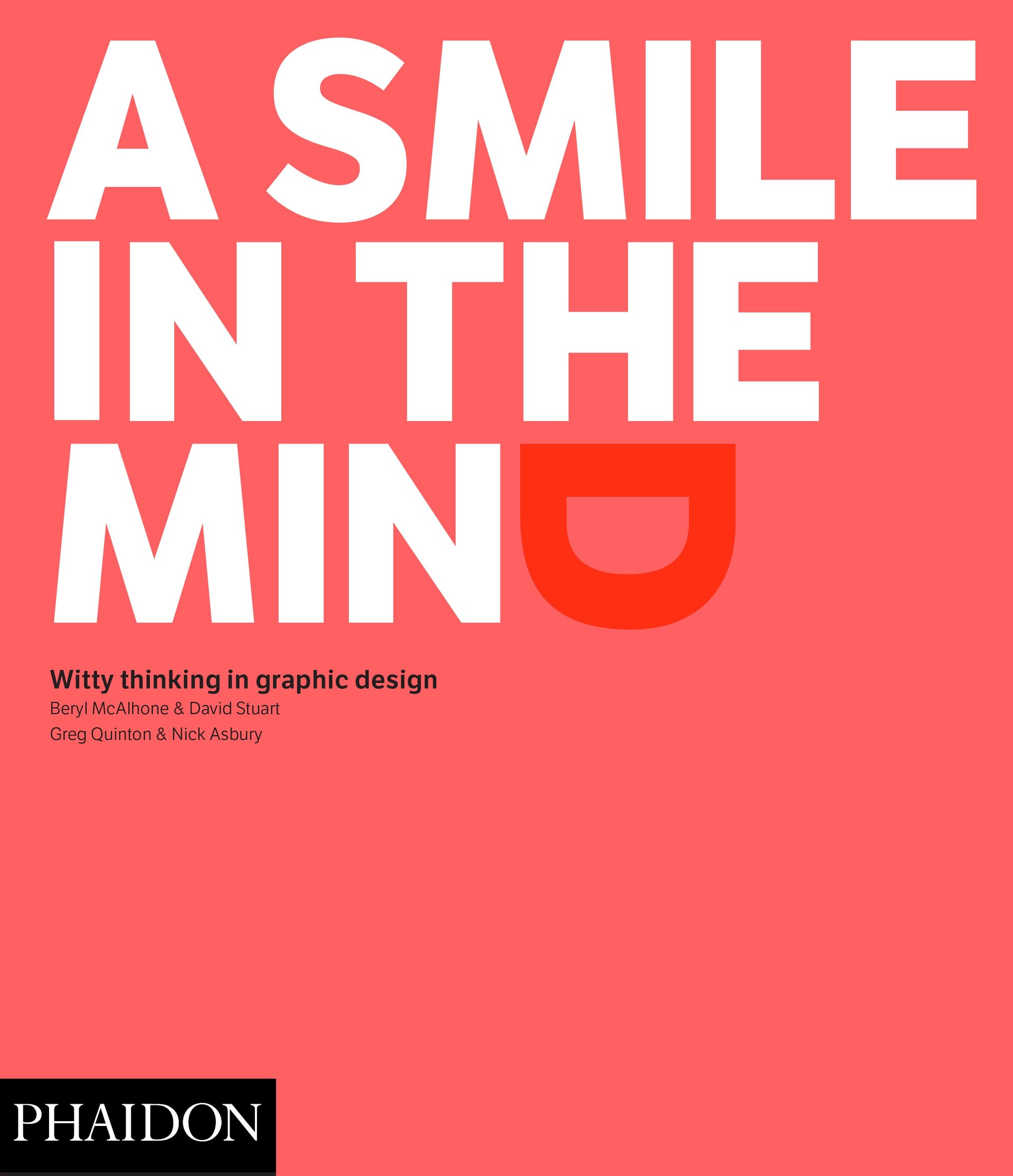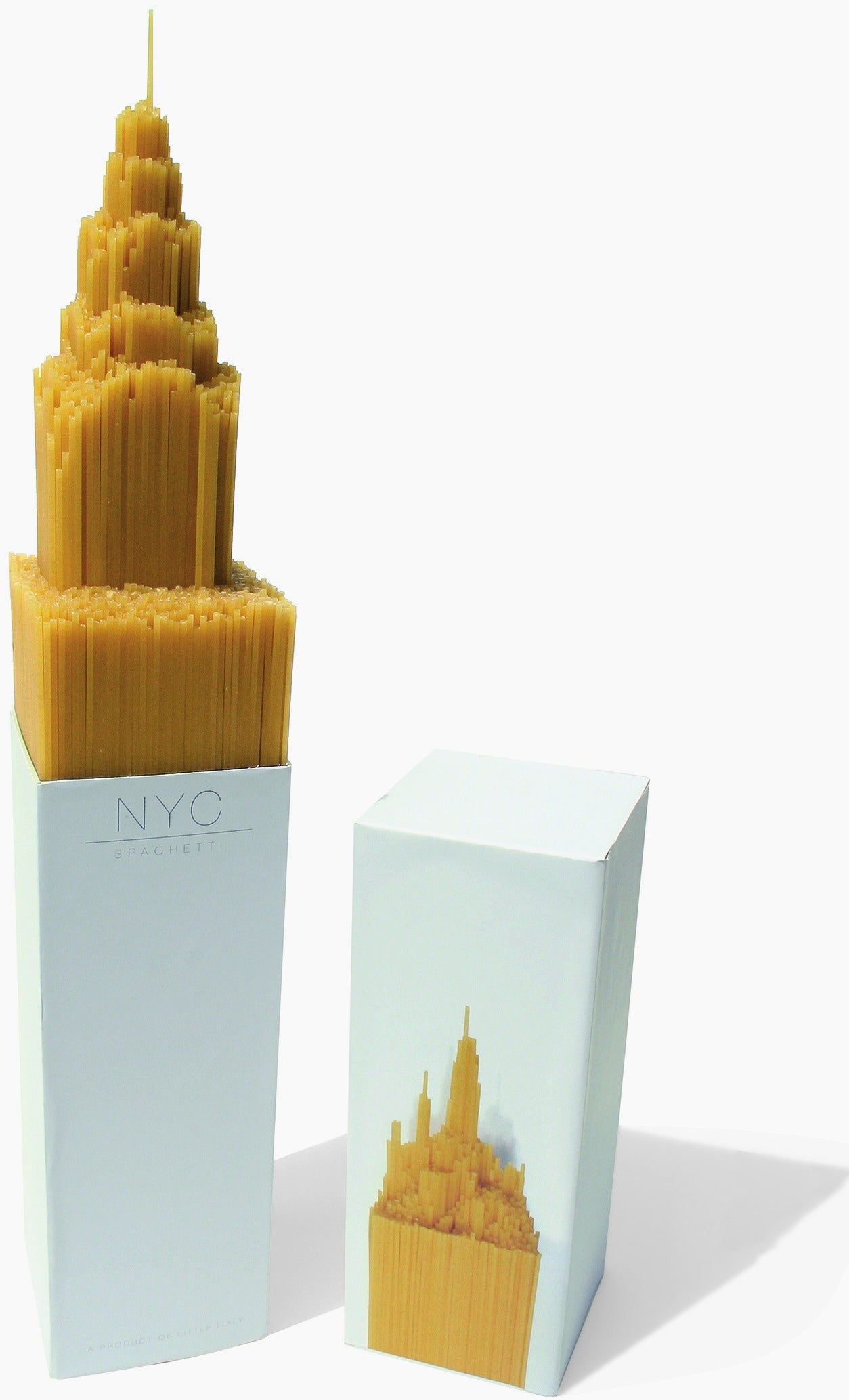In corporate design, humor can be your most powerful tool—or a total disaster
The first of April is a day for jokes.


The first of April is a day for jokes.
Yesterday, brands including Google, Lexus, Adobe and Virgin America deployed their obligatory April Fools gags, to varying results. As the newly updated design classic, A Smile in the Mind: Witty Thinking in Graphic Design (released on Feb. 15 by Phaidon Press) argues, humor is big business and, when done right, it can help companies win favor and even forge an emotional bond with customers more effectively than hard sell tactics.
A compendium of design jokes, visual puzzles and optical gags first published in 1996, A Smile in the Mind offers hundreds of examples of graphic wit from the world of branding, packaging, publications, and advertising. Even for those who roll their eyes at such witticisms, there is still plenty of serious, practical wisdom packed in this excellent compendium, written by design and branding experts.
“Wit,” as authors Beryl McAlhone and David Stuart explained, is “of the frisky tendency in that it makes its impact through sudden jumps, skips and somersaults and reversals in the mind.” The book’s first edition featured that secret arrow cleverly embedded in the FedEx logo, irresistibly clever Japanese food packaging, and a black umbrella concealing a joyful patch of blue sky conjured by graphic design wit master Tibor Kalman. Page after page, its authors make a compelling case that humor is the “shortest distance between two people,” to paraphrase a famous quip by the piano-playing comedian Victor Borge. The book’s simple cover with the tipped red letter “D” fittingly demonstrates this approach.

Two decades later, the 2016 edition teems with contemporary examples of graphic cleverness and outlines humor’s utility in the era of shorter attention spans and social media. “Wit makes memes, the currency of the sharing age,” write authors Nick Asbury and Greg Quinton who took on the challenge of updating the design classic.
With the daily cascade of images on Twitter, Instagram, Pinterest, and myriad blogs, Asbury and Quinton had a lot to choose from. “It was a joy to sift through so much wonderful work from around the world—we could easily have filled the book ten times over,” says Quinton.
To whittle their selection to around 500 examples for the 270-page volume, the authors held two guiding principles: intention and variety. “We had in mind a definition of wit that is about generosity and openness—big ideas that create a smile in as many minds as possible,” explains Asbury to Quartz. “We also wanted to reflect the sheer variety of wit at work today, not only in the sense of laugh-out-loud humor, but also lateral thinking and playful interventions in everyday life.”

Humor as a business strategy
But wit can deliver more than personal amusement. Citing the management expert Jean-Louis Barsoux’s 1993 book, Funny Business: Humour Management and Business Culture, they explain that a well-executed visual joke can induce a relaxed and receptive frame of mind. For new or skeptical customers, “getting the joke,” incites a shared flash of insight that somehow forms a complicit bond. ”This is like persuading the goalkeeper to stand aside before you shoot at the goal,” they wrote.
Asbury suggests that wit can go beyond one-off product advertising campaigns. “Wit can be a structural idea that underpins a whole brand,” he says. “It works for global giants like Google, Amazon and Coca-Cola. And it works for grassroots ideas, as a tool of political protest or spreading environmental and health messages.”
Humor can be also be an effective way to stand out in today’s “attention economy.” Because wit sparks curiosity, well-conceived concepts and mental puzzles can help brands “win time” with distracted consumers. “Why is witty work more memorable?” the authors ask. “We would argue that an idea that happens in the mind, stays in the mind.”
The trick of the joke
As comedians know, many jokes fall flat. For companies, a misconceived joke can have more dire consequences.
Google learned this first-hand today when, within an hour of its launch, the company was forced to abort its cheeky “Gmail Drop Mic” gag after causing confusion and distress, and even allegedly costing one user a job. Virgin America, which unveiled a new fake logo—a pair of pendulous boobs, referencing Airbnb’s accidental (and real) vagina-shaped brand mark—has also managed to offend many.
Sometimes creative teams can have too much fun coming up with these “intellect-flaunting” ideas. “A witty idea that baffles people is always worse than no idea at all,” Quinton and Asbury explain. “The first danger for a designer is self-indulgence.”
As a guideline, they offer some no-nonsense advice from the poet Ogden Nash: “Here’s a rule of thumb. Too clever is dumb.”